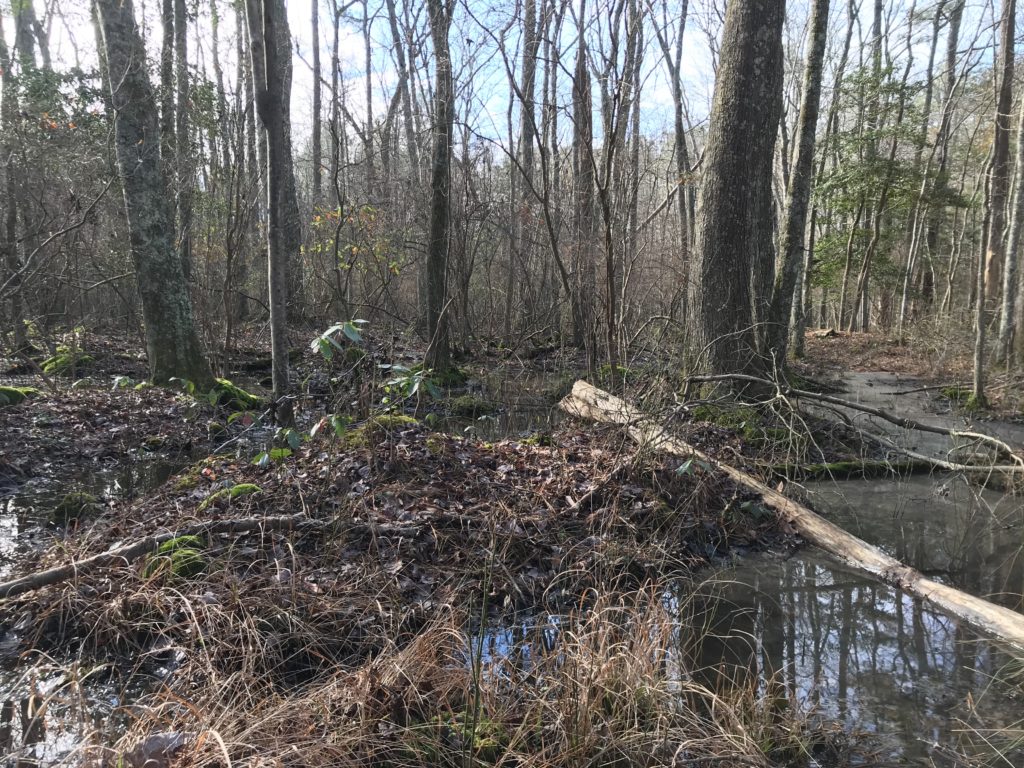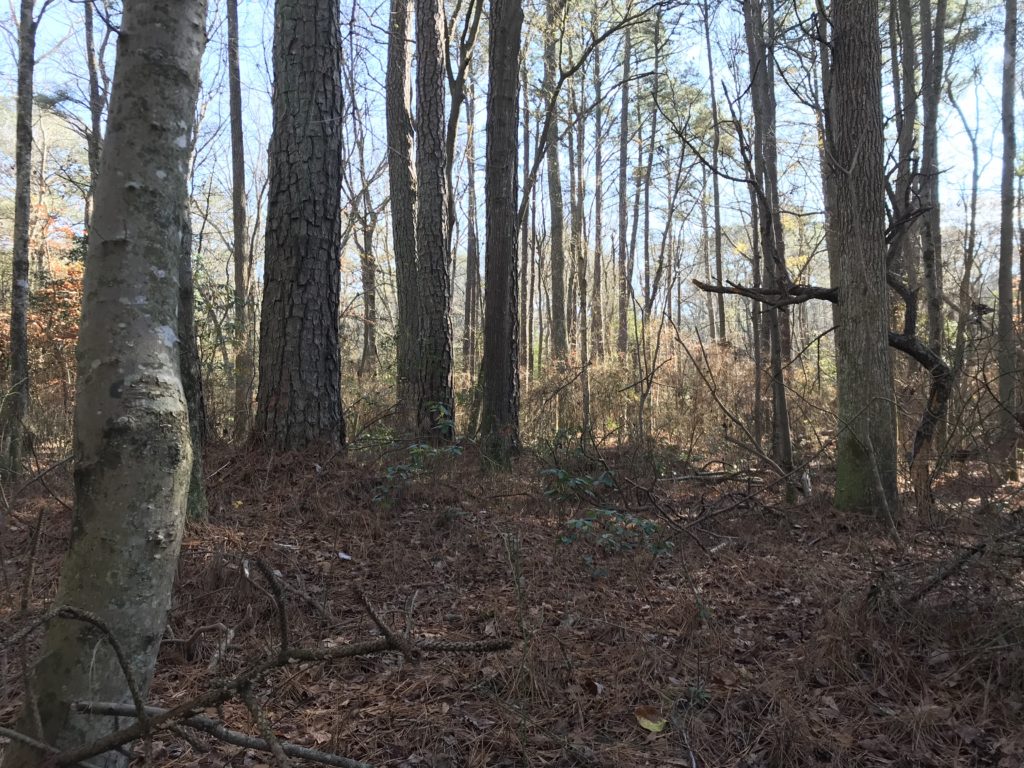Collecting at a Mary G. Henry site: The search for Symplocos
Published December 20, 2020
My first attempt to look for plants where Mary Henry collected them in her days was both successful and unsuccessful in different respects. I set out to look for Symplocos tinctoria on the Delmarva Peninsula on December 13, 2020. According to one of Mary Henry’s maps marked in 1957, she found Spymplocos in two sites along Route 26.
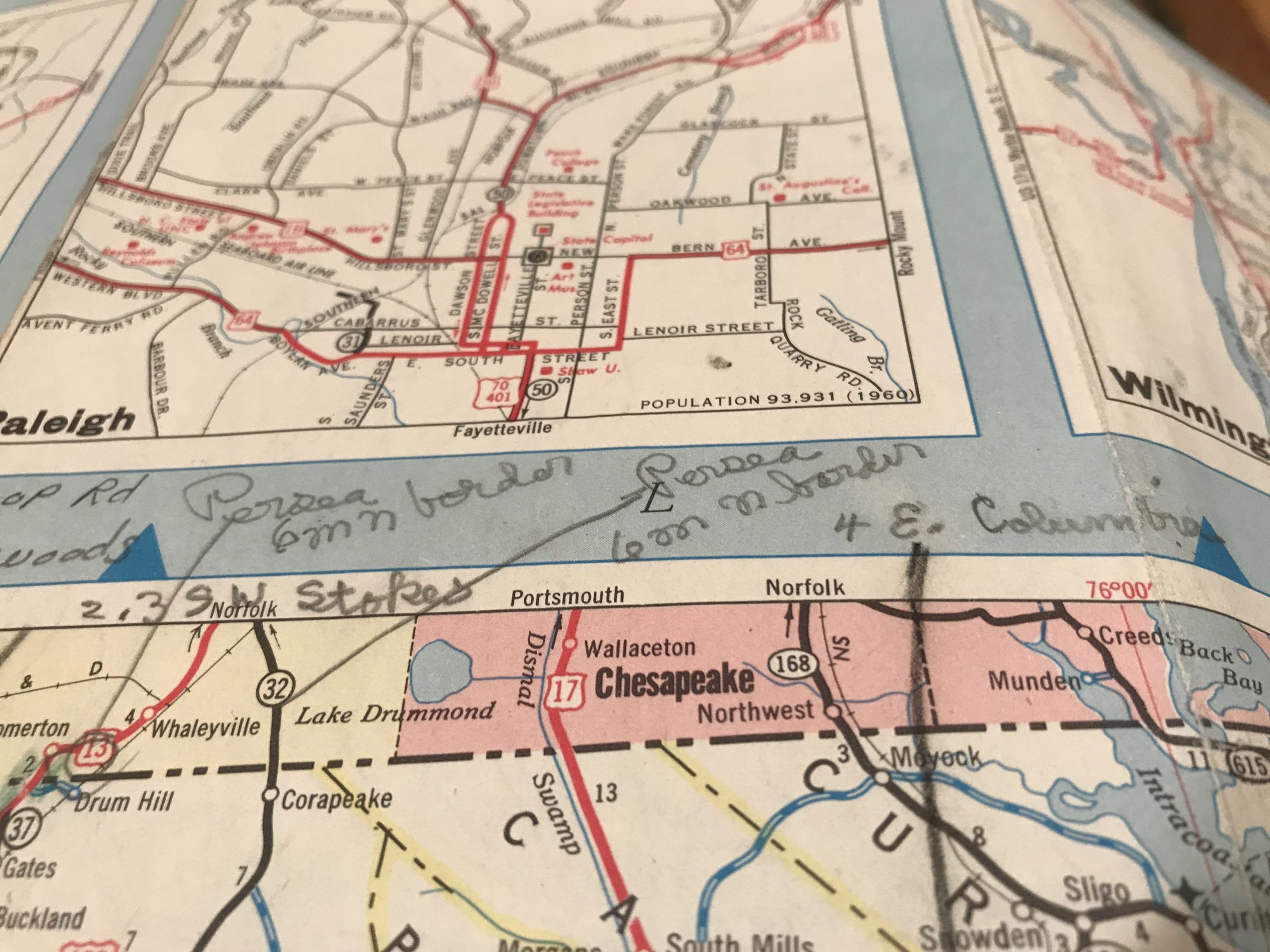
The unsuccessful aspect of my revisitation to these sites is that I wasn’t able to visit them at all. They had been turned in the intervening years to farmland. I thus paid a visit to the Great Cypress Swamp, a large undeveloped area of largely unwalkable swamp just southwest of Mary Henry’s sites. Fortunately, the swamp is replete with Symplocos tinctoria, an understory tree growing beneath the cypress and loblolly pines.
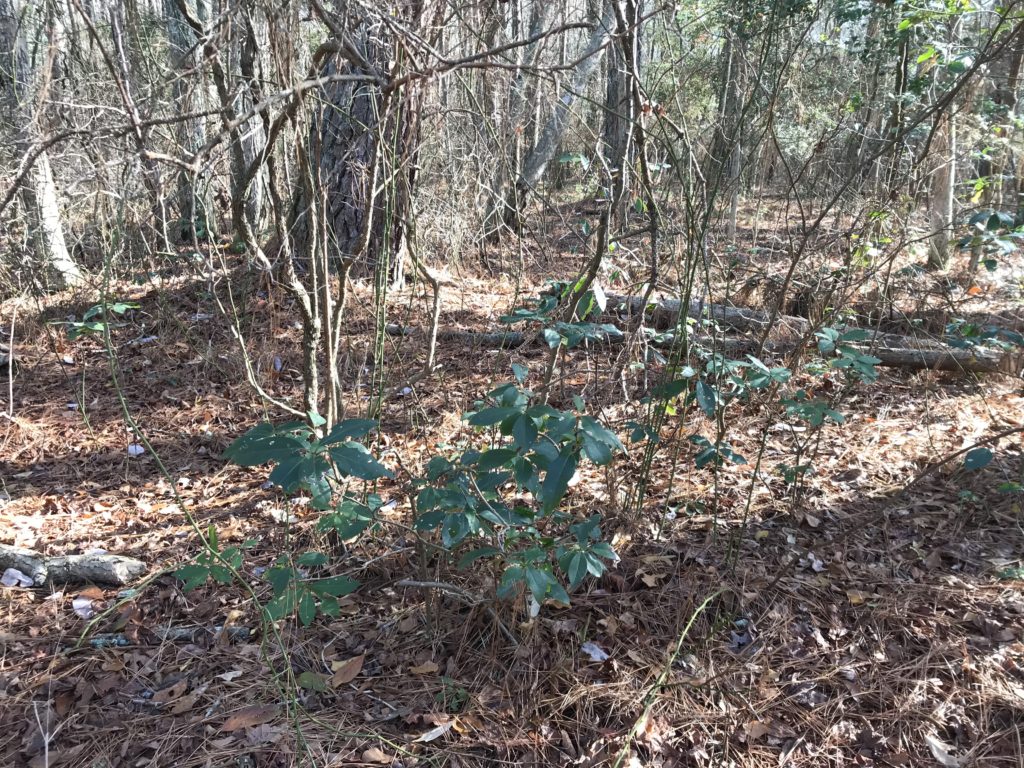
Symplocos tinctoria, also called sweetleaf or horsesugar, has been used since the first arrival of settlers, and likely long before, as a source of yellow dye. Its leaves, as its common names suggest, taste sweet, and can be chewed or eaten as a pleasant snack. The sweetness was in my opinion short-lived, and quickly gave way to astringency. The leaves are also somewhat hairy, which made for an interesting experience.
Alongside Symplocos tinctoria, I found at the site:
Sweetbay Magnolia (Magnolia virginiana), Loblolly Pine (Pinus taeda), American Beech (Fagus grandifolia), Water Oak (Quercus nigra), American Holly (Ilex opaca), Red Maple (Acer rubrum), Sweetgum (Liguidambar styraciflua), Fetterbushes (Lyonia spp.), Blueberries (Vaccinium spp.), Bayberry (Myrica cerifera), Sweet Pepperbush (Clethra alnifolia), Partridgeberry (Mitchella repens), Greenbriar (Smilax rotundifolia), and Sedges (Carex spp.).
The soil of the site was comprised mostly of sand, with a layer of matted roots at the surface, and a layer of pine and oak leaves on top.
I collected in total:
10 Symplocos tinctoria seedlings
2 Magnolia virginiana seedlings
3 Pinus taeda seedlings
1 Quercus nigra seedling
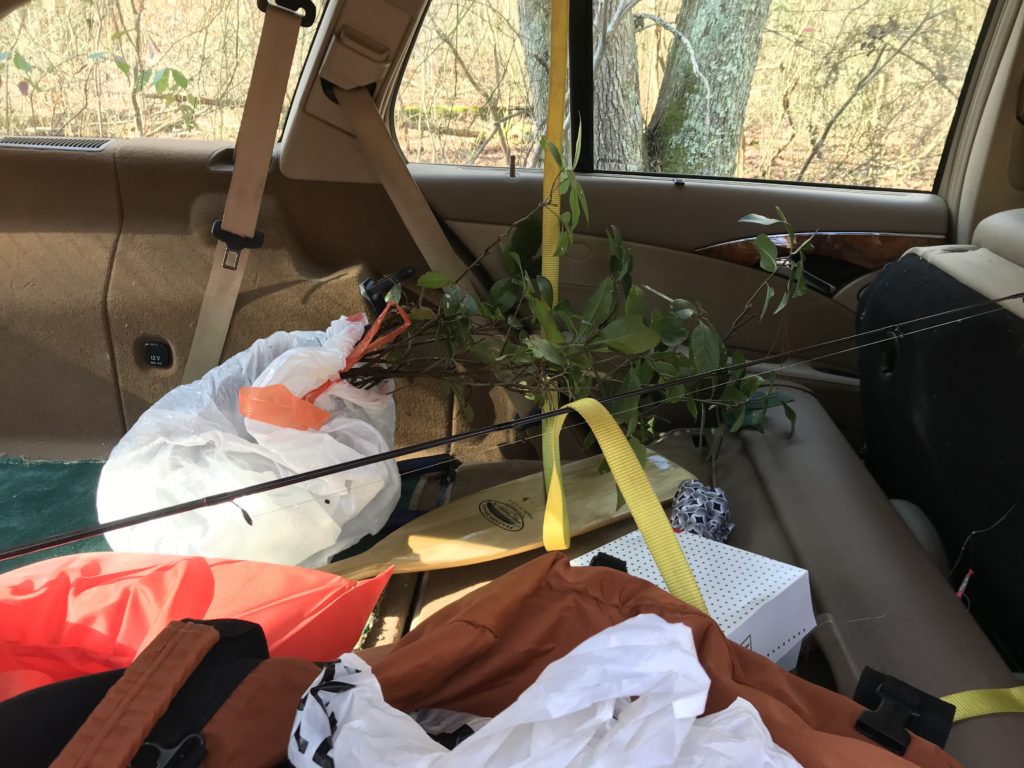
I felt comfortable collecting seedlings as opposed to cuttings or seeds only because I was sure that there was an abundance of each collected species at the site. Each of the plants collected at the site apart from Quercus nigra is already represented in the garden. These newly collected plants will find good homes amongst compatriots, and represent the diversity of some of the Delmarva Peninsula’s forests.
By Henry Ortmeyer, Curator

